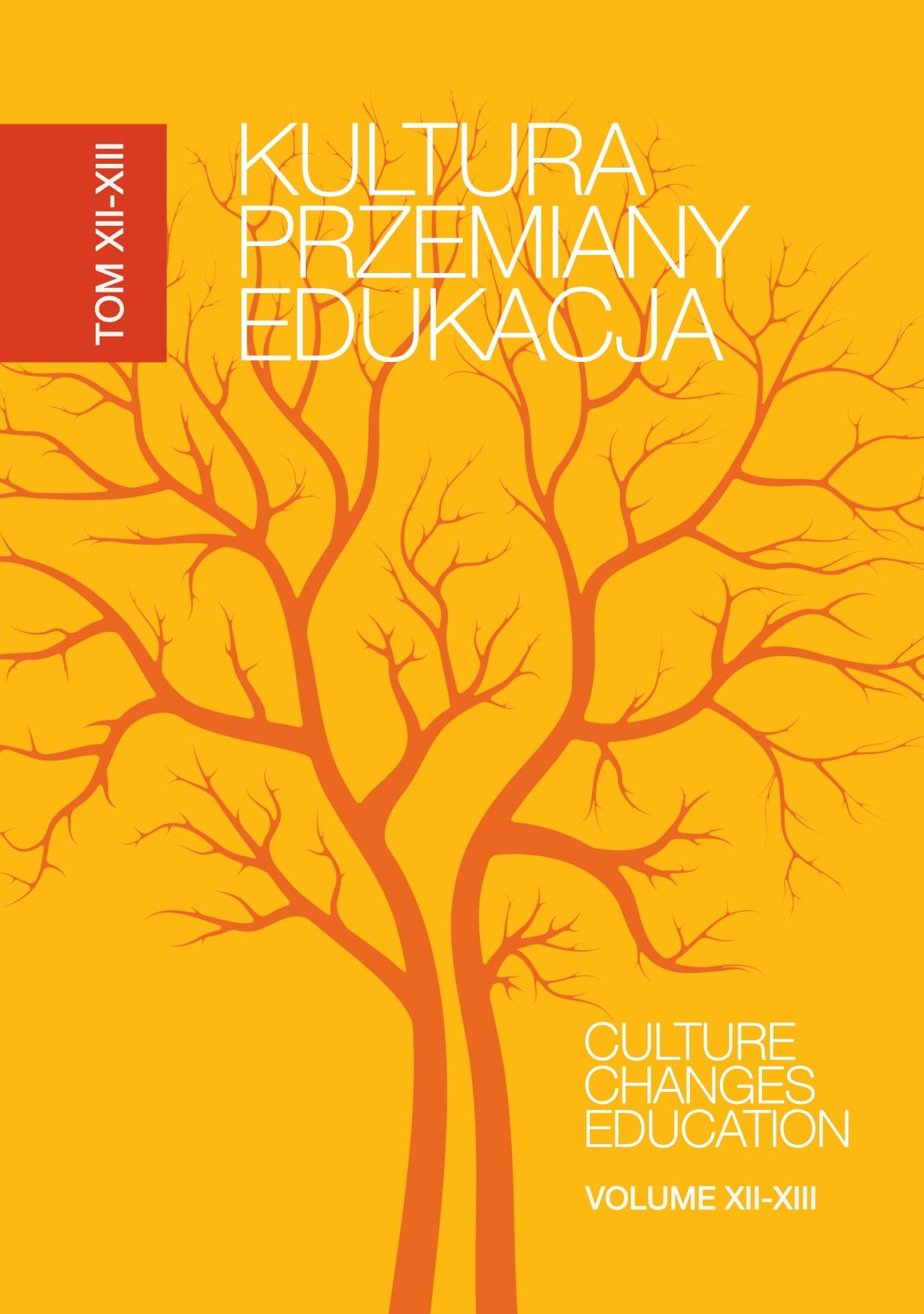Tools and techniques of remote education in the context of early and preschool education
DOI:
https://doi.org/10.15584/kpe.2023.12.24Keywords:
e-learning, training, education, didactics, e-learning applicationsAbstract
The content of the article was focused on presenting e-learning techniques and tools in the education of the youngest. In the study, the authors presented the key conditions that influenced the development and application of the e-learning form of education in the educational environment, as well as the scope of their use. The article discusses in detail the tools that support the implementation of educational activities in an alternative form of teaching-learning at the stage of early childhood and pre-school education. The study contains a step-by-step description of practical tasks for teachers of early childhood education in the field of effective use of e-learning technologies in the educational process.
Downloads
References
Allo M., Is the online learning good in the midst of Covid-19 pandemic? The case of EFL learners, „Jurnal Sinestesia” 2020, nr 10.
Aplikacja Genially, https://www.superbelfrzy.edu.pl/glowna/genially-genialne-narzedzie-na-czas-edukcji-zdalnej-i-nie-tylko/ (dostęp: 28.02.2023).
Castillo-Cuesta L., Using Genially Games for Enhancing EFL Reading and Writing Skills in Online Ducato, „International Journal of Learning, Teaching and Educational Research” 2022, vol. 21, no. 1.
Foks A., Jak sobie poradzić ze zdalnym nauczaniem? [w:] Nauczanie zdalne w dobie pandemii. Wyzwania i doświadczenia edukacji polonistycznej, red. A. Kania, K. Mucha-Iwaniczko, M. Szumal, Kraków 2020.
Gandzel A., Wykorzystanie wybranych narzędzi technologii informacyjno-komunikacyjnej w rozwoju percepcji słuchowej jako elementu konstytuującego naukę czytania i pisania [w:] Wyniki badań interdyscyplinarnych w aspekcie edukacji techniczno-informatycznej i bezpieczeństwa, red. M. Śniadkowski, Lublin 2020.
Guaqueta C., Castro-Garces A., The Use of Language Learning Apps as a Didactic Tool for EFL Vocabulary Building, „English Language Teaching” 2018, vol. 11, no. 2.
Hermita N., Hainul Putra Z., Alim J., Wijaya T., Anggoro S., Elementary Teachers’ Perceptions on Genially Learning Media Using Item Response Theory (IRT), „Indonesian Journal on Learning and Advanced Education (IJOLAE)”, vol. 4(1).
Juszczyk S., Edukacja na odległość, Toruń 2002.
Konarski W., Dla kogo e-learning?, http://oda-nowa.now.pl/oficyna/122/KW_Dla_kogo_e-learning.pdf (dostęp: 12.04.2023).
Kopciał P., Analiza metod e-learningowych stosowanych w kształceniu osób dorosłych, „Zeszyty Naukowe Warszawskiej Wyższej Szkoły Informatyki” 2013, nr 9.
Kordus M., Komunikacja przez prezentację. O wykorzystaniu narzędzi TIK w zdalnym nauczaniu języków obcych, „Języki Obce w Szkole” 2020, nr 2.
Kurniawati A., Noviani J., Indonesian Students’ Perception about the Effectiveness of E-Learning Implementation During COVID-19, „The New Educational Review”.
Łoś K., Nowe technologie a realizacja scenariusza zajęć, „Zeitschrift der Bundesvereinigung der Polnischlehrkräfte” 2020.
Naidu S., E-learning: A guidebook of principles, procedures and practices, „New Delhi: Commonwealth Educational Media Centre for Asia” 2006.
Nocar D., E-learning v distančním vzdělávání, Wyd. UP, Ołomuniec 2004.
Penkowska G., Meandry e-learningu, Difin, Warszawa 2010.
Pietrasik-Kulińska K., Szuba D., Stańdo J., Ekspresja artystyczna dzieci młodszych z użyciem technologii informacyjno-komunikacyjnych, Warszawa 2007.
Plichta A., Płażek J., E-learning jako narzędzie wspomagające proces uczenia się, Ogólnopolskie Sympozjum Naukowe „Człowiek. Media. Edukacja”, 2012.
Podstawy Wordwall, https://wordwall.net/pl (dostęp: 15.03.2023).
Putri E., Zulherman Z., The Use of Wordwall Application Towards Elementary School Students Acceptance: Extension TAM Model, „Al-Ishlah Jurnal Pendidikan” 2022, vol. 14, no. 4.
Siemieniecka D., Creative Use of Multimedia Technology in Tearcher’s Work, „The Teacher for the Knowledge Society: With Contributors from Argentina, Norway, Poland and USA” 2008, no. 3.
Tworzenie aplikacji w LearningApps, https://learningapps.org/createApp.php (dostęp: 10.03.2023).
Tworzenie chmury wyrazowej, https://wordwall.net/pl/features (dostęp: 15.03.2023).
Walat W., Pozytywne i negatywne zmiany w funkcjonowaniu szkoły wyższej pod wpływem e-learningu, „Edukacja. Technika. Informatyka” 2014, nr 2.
Wprowadzenie do chmur wyrazowych, https://tikowybelfer.blogspot.com/2018/04/chmury-wyrazowe-jako-narzedzie.html (dostęp: 20.03.2023).
Wprowadzenie do LearningApps, https://sensonauka.pl/learningapps-nauka-i-zabawa-w-internecie/(dostęp: 10.03.2023).
Downloads
Published
How to Cite
Issue
Section
License
Copyright (c) 2023 KULTURA – PRZEMIANY – EDUKACJA

This work is licensed under a Creative Commons Attribution-NoDerivatives 4.0 International License.


